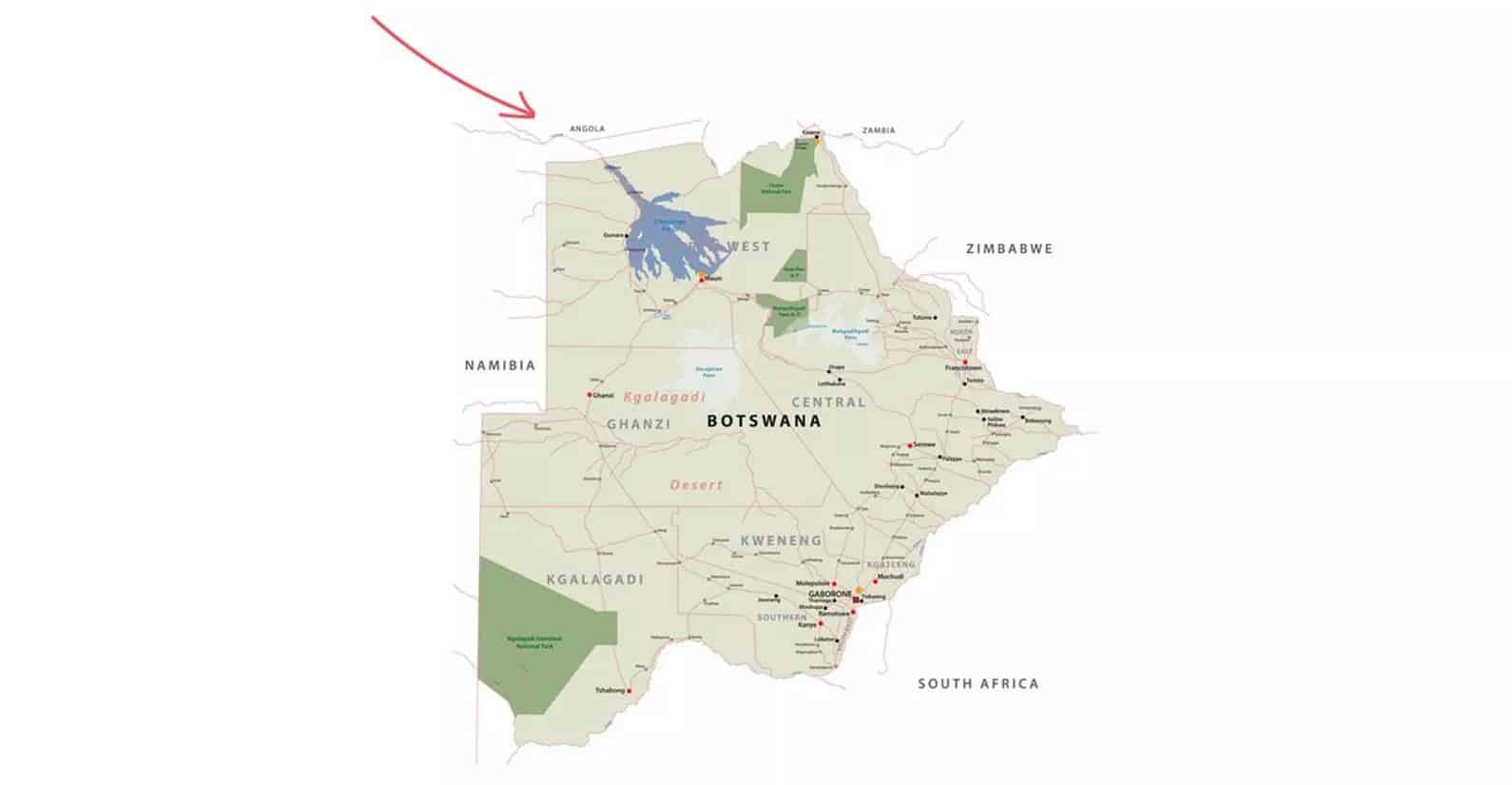Travel Tips
Written by Joseph Cameron
Viewed from space, the Okavango Delta hardly looks real – a wetland which miraculously appears in the epicentre of a desert, where surface water is typically non-existent. With ‘Natural Wonder of the World’ status, the Okavango Delta needs no introduction, but if you were hoping to find out more, you’ve come to the right place.

Each year the Okavango Delta transforms from a dry savannah into a lush wetland which becomes home to some of the greatest gatherings of wildlife in the world. The source of this water originates from the Okavango River which overflows during high-rainfall in Southern Angola. The water then travels over 800 kilometres South and enters a rift basin which then allows the river to spill into the 20,000 square kilometer area to form the wetland we call the Okavango Delta.

Like clockwork, the mass of water starts flowing South during January / February and reaches the Okavango Delta around 3 months later, between May and June. Another 3 – 4 months and the Okavango Delta is restored to its former glory – a lush wetland which attracts animals of all sizes – from swarms of dragonflies to herds of elephants. This diverse ecosystem, now reawakened, is the reason Botswana is top of any wise man’s bucket list.

With the water comes new, lush grasslands, with grasslands comes the migration of birds, antelope, elephants, zebra, buffalo and wildebeest from the North. Naturally, predators follow. Lions, leopards, cheetahs and wild dogs take full advantage of the abundant wildlife, which in turn, makes for great wildlife sightings if you are in the right place at the right time.

When planning your Okavango Delta safari there are a few important elements to take into account. Firstly, Chobe National Park is right next door, meaning it works well to see both areas in one trip, like this one. If you aren’t short on time you could tick off two UNESCO destinations in one trip with a few days at the nearby Victoria Falls.

Another big question is when to go. The best time to visit the Okavango Delta is between July and September. At this time most of the wildlife have made their way down to the wetland. This time of the year will also secure the right water level for you to experience a mokoro safari along the riverways of the delta. In your traditional dugout canoe, navigated by your ‘poler’ using his “ngashi’ you will be able to come face to face with elephants and hippos in the waterways.
For more information on the Okavango Delta, get in touch with one of our knowledgeable Ker & Downey® Africa Adventurists. We have tailored plenty of Luxventure® trips to suit your needs and wants and will be able to give you all sorts of valuable insider advice.
Head office:
7 Bree Street, 6th Floor, Touchstone House, Cape Town, South Africa
+27 (0)21 201 2484
[email protected]
United Kingdom: Sportsman Farm, St Michaels, Tenterden, Kent
Ker & Downey® Africa is compliant with COVID-19 Industry Protocols.


Head office: 7 Bree Street, 6th Floor, Touchstone House, Cape Town, South Africa
+27 (0)21 201 2484
[email protected]
United Kingdom: Sportsman Farm, St Michaels, Tenterden, Kent
Ker & Downey® Africa is compliant with COVID-19 Industry Protocols.